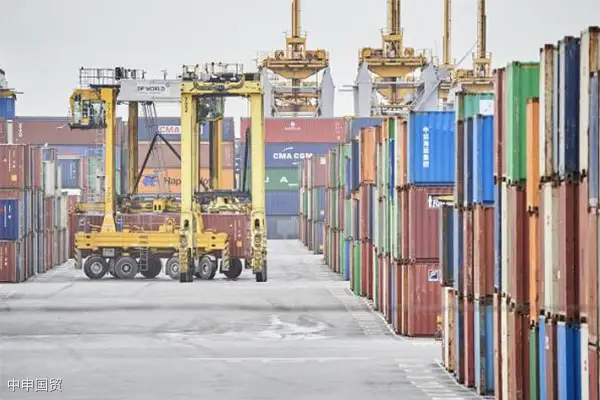- Shanghai Zhongshen International Trade Co., Ltd. - Two decades of trade agency expertise.
- Service Hotline: 139 1787 2118

Key points of the 2025 tax exemption policy:
According to the latest "Tax Incentive Catalog for Encouraged Imported Equipment" issued by the Ministry of Finance, the tax exemption policy for 2025 exhibits three major characteristics:
- Industry precision: Priority support will be given to high-end equipment manufacturing, biomedicine,New energy22 strategic areas including...
- Equipment inventory listing: Added 187 equipment codes including nano-level precision machining equipment and intelligent inspection systems.
- Standardization of Qualifications: Request to provide documents issued by provincial-level or higher authorities.Feasibility Study Report for the ProjectandProof of Equipment Technical Parameters
Detailed Five-Step Process for Tax-Free Declaration
- Project Filing Stage:The project filing with the NDRC/MIIT must be completed 60 days prior to the equipment's arrival at the port.
- Equipment review phase:
- Provide the original manufacturer's issuedTechnical Specifications Sheet
- Customs key verificationConsistency of technical parameters
- Tax exemption application stage: Submit electronic declarations through the "Single Window" for international trade.
- Customs inspection phase:
- On-site inspectionActual usage of the equipment
- VerifyHS code accuracy
- Post-clearance supervision stage: The equipment must be used under customs supervision for a full 5 years.
Warning on Three Common Misdeclaration Pitfalls
- Industry-recognized deviation
- A new materials company mistakenly declared production equipment as R&D equipment.
- Medical EquipmentImporter confusionDiagnostic equipmentandTherapeutic equipment: Use UN - certified packaging to ensure that the battery will not short - circuit, leak or be damaged during transportation.
- File integrity is missing.
- Technical certification document lacking the official seal of the provincial department.
- Proof of equipment usage site not submitted
- Subsequent regulatory neglect
- Unauthorized change of equipment usage location without filing.
- The equipment was sold in advance without paying the outstanding taxes.
The Core Value of Professional Agency Services
A high-quality proxy service should encompass the following competency matrix:
- Policy Matching Analysis: Verify HS codes using the Customs Commodity Pre-classification System
- Full-process declaration services:
- Prepare a declaration document package that complies with AEO certification standards.
- Establish an electronic document management system.
- Risk prevention system:
- Establish a three-tier review mechanism for declaration materials.
- Establish a Customs Credit Anomaly Early Warning System
A case study on the import of intelligent equipment shows that professional agency services can increase the approval rate of duty-free applications by 40% and reduce the average customs clearance time by 15 working days. It is recommended that enterprises opt for agencies withMulti-department coordination capabilityandPre-trial dispute resolution mechanismservice providers, especially when dealing with high-value (single unit exceeding $5 million)Equipment ImportsWhen requesting the agent to provide,Tariff guarantee planandTechnical Dispute Pre-review Service.
Related Recommendations
? 2025. All Rights Reserved. Shanghai ICP No. 2023007705-2  PSB Record: Shanghai No.31011502009912
PSB Record: Shanghai No.31011502009912










